BT-IS: too good to use
J. Orwell "1984"
Each person who is "fond of armor" has his own "favorite tank", or an armored car, which they admire long and hard. Someone like that, but for me such a BA, I emphasize, it’s BA, not a tankwas a 30s Swedish armored car Pbil fm / 29. And I really wanted to establish its production in the form of a combined model. Again, because its entire body could be very easily cast from epoxy in the form of a single solid blank! The fact is that his wheels were covered with armor, so that the wheels themselves were not needed for him, and only the “quarters” visible from above, as well as a small tower and detailing made of “white metal”. Such a model in the West and in Sweden would cost $ 40, no less, but I didn’t have any drawings for it. And then I took it straight and wrote to the Swedish Ministry of Defense, to the public relations department, and to me ... everything that I asked from there was sent. It was in 1995, and, of course, I was very grateful to the Swedes for the projections and materials sent. But then I remembered that if they had a BA with closed wheels, then we had a tank similar to it!
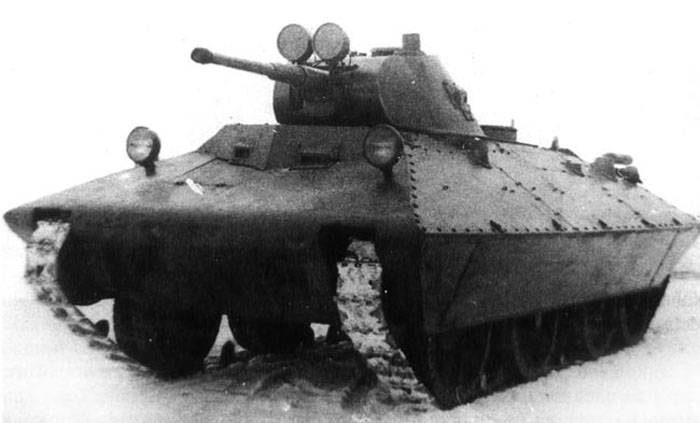
Tank BT-SV-2.
He began to search and that's how he came out on the Tsyganov BT-IS tank, about which the story will go here today. Along with the TG and the “Dyrenkov tank”, he was one of our experimental machines, which in many respects determined the high level of the Soviet serial tank construction, although he still did not get into mass production.
Here it is - "handsome" Pbil fm / 29, the price in 50000 of Swedish crowns, which seemed to the Swedes at that time an overwhelming amount. Well, his patency was limited due to the armor hanging over the wheels, so he was not taken to mass production.
And it was so that when W. Christie’s tanks, as they say, “went” (which was described even in the 1935 comedy of the year “Hot Days”), their tactical and technical characteristics turned out to be much lower than expected. In the same film “Hot Days”, the bulk of the tanks are T-26, and the BT-2 is only one there and it constantly breaks down. Meanwhile, A. Dovzhenko at the All-Union Creative Conference of Soviet Cinematography Workers in January 1935 of the year stated: “I will not reveal any military secrets here if I say that in a few years we can have a war ... There will be a huge world war, participants in which we will must be. ... First of all, we need advance preparation ... ”Well, he called for, of course, making the appropriate movie. But it was impossible to participate in the "great world war" on ... bad tanks ?! The heroes of the film, in passing, put some kind of “plate” there and the engine stopped breaking, and many people after watching this “movie” also thought about the problem, and “how best to make a BT tank?”
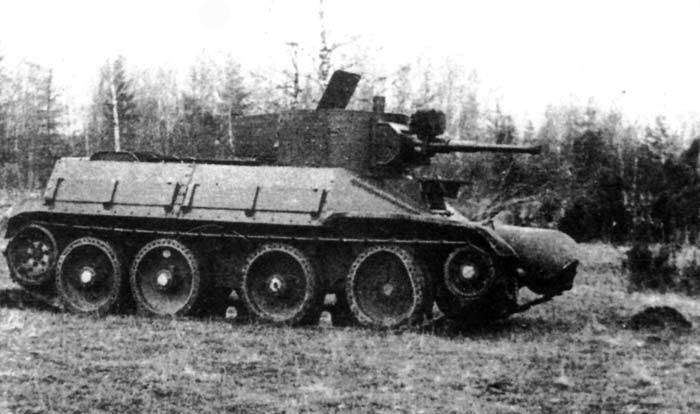
BT-IS. Foldable shelves for storing removed caterpillars are clearly visible.
Probably, similar problems with this machine plagued the young tanker 4-th tank regiment from the Ukrainian Military District Nikolai Tsyganov. True, he did not have a special technical education, but this did not prevent him in the 1934 year to design an automatic coupling for the T-26, T-27 and BT tanks. The People's Commissar of Defense K. Voroshilov awarded him with a gold watch for this, and in addition he was promoted - he was promoted from junior commander to platoon commander.
BT-IS is one of the prototypes.
And then K. Voroshilov for some reason made a speech to the tank crews of the 4 tank regiment, and said that he needed to “create a new wheeled-tracked propulsion unit for the BT tank” in order to become an even more powerful fighting vehicle. Well, at least he would say all this to the engineers at some factory. But no, he said in an ordinary tank regiment. And the commander of the UVO troops present here, I. Yakir, immediately ordered the task done by the people's commissar N. Tsyganov and those whom he would take in his group. That is, behind him recognized the talent of the inventor and "gave the green light." We strengthened the group with engineering personnel, and the work began, and for four months people worked on 16 – 18 hours a day. By April 1935 of the year, both the drawings and the model of the tank in the full-size 1 / 5 were available, on which the new propulsion unit stood, which had three pairs of driving wheels and one controlled one.
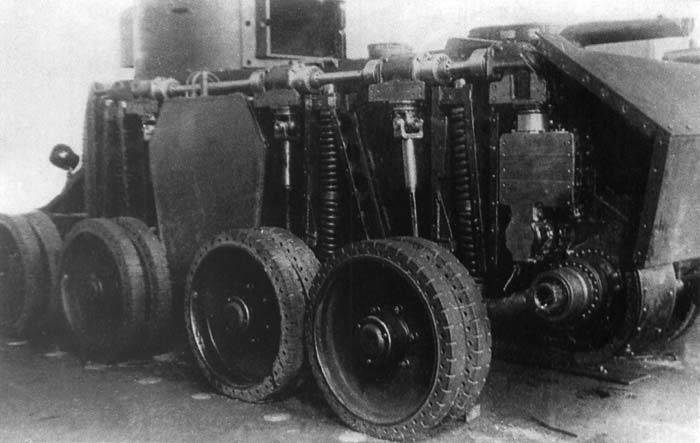
This is how the transmission of a new tank looked “live”.
But who exactly came up with the idea of creating such a tank, you can’t say today. For some reason, Tsyganov himself sincerely believed that this idea belonged to Stalin, and that it was his idea that Tsyganov and his comrades were told by their “beloved Bolshevik commander,” Comrade Yakir. And he and his comrades so directly wrote to Stalin and Voroshilov: you, Comrade Stalin, put forward the idea, Comrade Yakir explained it to us, and we did it in the shortest possible time, fulfilling our party duty, here. And we decided to give the name of the tank BT-IS (IS-Joseph Stalin). Correct were the guys, what to say. They correctly understood the policy of the party, the time and the current moment. Everything is exactly as described by George Orwell, but he was not talking about a tank.
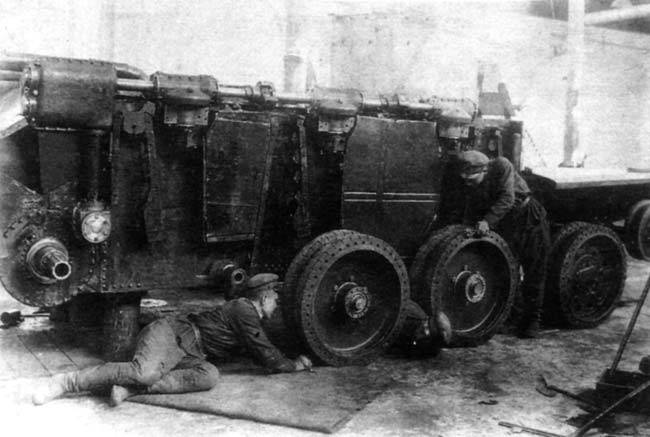
A team of enthusiasts working on their brainchild. They still do not know that very soon they will have to give explanations for why they made the “wrecking tank”, or maybe they were asked about why they knew about the wrecking works of Firsov and his colleagues, and did not report back?
In response, Voroshilov for the construction of BT-IS ordered to allocate the necessary funds and the workplace at the tank repair plant No. XXUMX in Kharkov. Cases there, however, did not go smoothly, so Tsyganov even complained about local engineers to the Central Committee. But, despite all the difficulties, in June 48, the new tank was ready, and its tests began, about which reports were given to Voroshilov personally. He demanded that in the year 1935 tanks BT-IC on the basis of the tank BT-1936 was already made 5 pieces. In June-March 10, the tanks were sent to the mileage Kharkov - Moscow, after which a number of improvements were made to the design of the car.
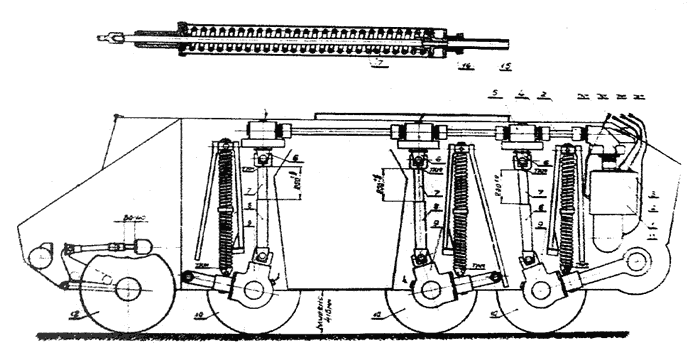
Scheme of the onboard transmission of the tank BT-IS.
The new tank was still the same BT-5, but differed from the prototype in that it had three pairs of leading rollers for driving on wheels. A special synchronizer was also provided, which equalized the speed on the wheeled and on the crawler, which gave the tank the opportunity to continue its movement in the event of the loss of one of the caterpillars. But the most important, of course, was the presence of six driving wheels, which made it possible to use more than 75% of the mass of the car as a coupling weight, which on the wheel track should have increased its cross-country ability.
On the BT-5 a gear was used from the drive wheels of the crawler to the rear rollers on the wheels. Now all three pairs of rollers rotated from two horizontal and six vertical propeller shafts mounted above the wheels in the upper part of the body. However, the Christie-type candlestick was also kept on the tank, although the designers themselves put the candles with springs on the tank in a different way. However, nothing good appears just like that: in addition to the synchronizer, the tank also had to install corner junction boxes, upper gearboxes, numerous cardan shafts, a synchronizer changeover drive, and install a new fuel tank aft. It also took a place to store the tracks taken from the wheels. For them, they found a place on the folding side shelves, which were pressed against the sides of the tank when driving on tracks.
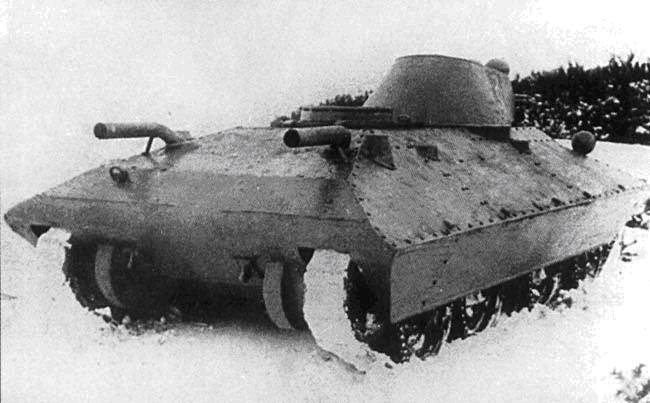
Back view.
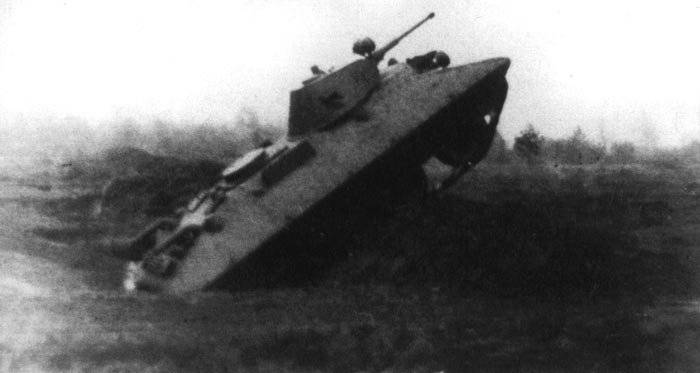
Test to overcome natural obstacles.
During the tests, the BT-IS tanks were made on wheels from 1500 to 2500 km. At the same time, their propeller, despite the much greater complexity than the BT-5, showed both improved throughput and high survivability. Tanks could move and, having lost one caterpillar, and even having lost one or two road wheels. Although tanks had drawbacks, the Red Army Commission considered that the tank should be adopted as having clear advantages over its predecessor.
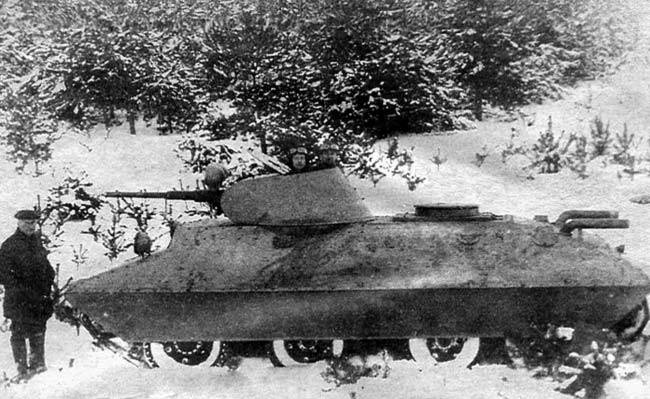
Tank BT-SV-2 in the snow.
In 1937, we decided to prepare a series of already five BT-IS machines. They planned to decide the sloping armor on the board with a thickness of 6 mm in order to ensure the protection of the onboard gears and also to eliminate the deficiencies that appeared during the tests. Well, and in a year to make 300 tanks of this type.
Four projections of the BT-SV-2 tank. Fig. And Shepsa.
Meanwhile, Tsyganov, as is often the case with inventors, considered that everything was already decided with the BT-IS tank, and started a new vehicle based on the BT-7 with improved armor protection. We finished the tank at the end of 1937 of the year and named it in the best traditions of the time: BT-SV-2 “Turtle” (SV - “Stalin-Voroshilov”). The main highlight of the design was the placement of body armor plates with very large tilt angles: from 15 to 58 °. The nose was the same width as the tank body, so the front tube for the guide wheels on this tank was removed. The suspension of the road wheels did not fundamentally change.
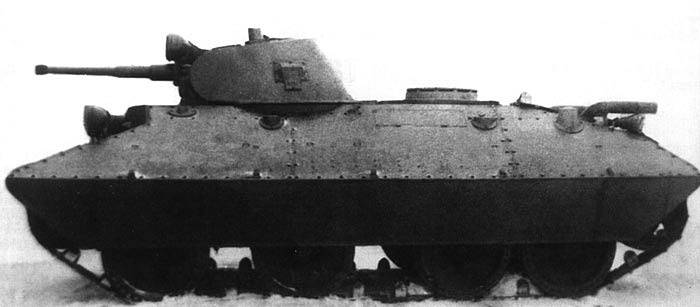
BT-CB-2 - side view.
The main thing is that the BT-SV-2 case practically had no protruding parts at all, except for the caps of the springs on the candles of the vertical suspension, which remained standing upright. In this case, the armor plates were removable and attached to the body on the bolts. For greater rigidity, internal fastenings were provided, which divided the reservation space into sections. The gas tank, which was on the BT-7 in the stern, was removed, so that it also became inclined, and the tanks were installed along the sides.
Blue with T-20.
The turret of the tank acquired a conical shape without a stern niche, because of which the radio station was placed in the forward part of the hull, where, apart from the driver, they put the radio operator, who became the fourth crew member.
The experienced BT-SV-2 was made of ordinary steel 10 – 12 mm thick, but the real combat vehicle was planned in two versions at once. The first one with the FD brand armor and 40 – 55 mm thickness, which would have to protect the tank from 45-mm projectiles fired at it from any distance; the second option was calculated on thinner 20 – 25 mm IZ armor, which protected the tank only from 12,7-mm bullets, but from any distance.
The tests of the BT-SV-2 took place in the winter of 1937 - in the spring of 1938 of the year, and during this period the tank drove 2068 km. It was noted that if the weight of the BT-SV-2 will be 24 – 25 t, then its running gear will be too weak for it. It was planned to build a tank with full booking and fire it from the gun. But then, is it for goodness to harm (it’s impossible to say today) at the beginning of 1938, N. Tsyganov and his two employees arrested the NKVD. Fortunately, he was not shot, but his nerves were shaken fairly, and most importantly, they were no longer allowed to invent tanks. Moreover, in March, 1937 was also arrested by a large group of engineers from KhPZ, and, in particular, A. Firsov, the head of the tank design bureau, instead of whom M. Koshkin, the future creator of the T-34 tank, was appointed. N. Tsyganov himself later fought and died from his wounds in the spring of 1945, a little before Victory, but it’s already good that, at least, he did not die in the camp.
Moreover, the question of bringing BT-IS to mind from the agenda after Tsyganov’s arrest was not cleared, that's how it was, and the Red Army’s Main Armored Directorate of the Red Army in October 1937 of the year issued an order to the KhPZ for the BT-20 tank (by the new designation A-20), which in the metal passed in 1939 year. And on it, the wheel drive was also on all six wheels, as was the case with the BT-IS tank, while the upper armor plate had a slope of 53 °.
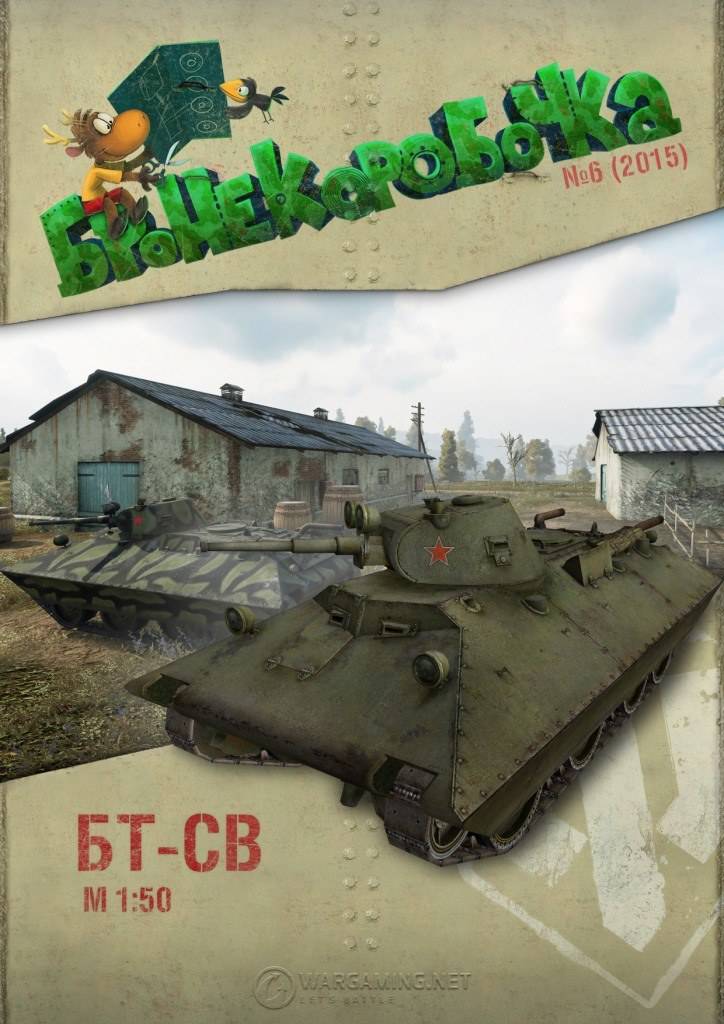
Interestingly, the model BT-SV-2 today comes in the form of a set for gluing paper.
Now let's look at the minuses and advantages of these developments - BT-IS and BT-SV-2 tanks in relation to their development by industry and troops. With the same weapons as the base tank, the BT-IS had a slightly higher speed, a much higher off-road permeability, but ... constructively it was very complicated. All this abundance of shafts, couplings and helical gears significantly and expensive, and complicated the design of the tank, as well as complicate its maintenance. And for what? To better tank went through the plowed field and in the snow? All this could be achieved by putting the tank on wider tracks! That is, in fact, this construction of benefits promised little. But the nodes that in it could break compared with the BT-5 and BT-7, it was much more and it was possible to fear that ... they will break down, since the technological level of the Soviet industry was then very low.
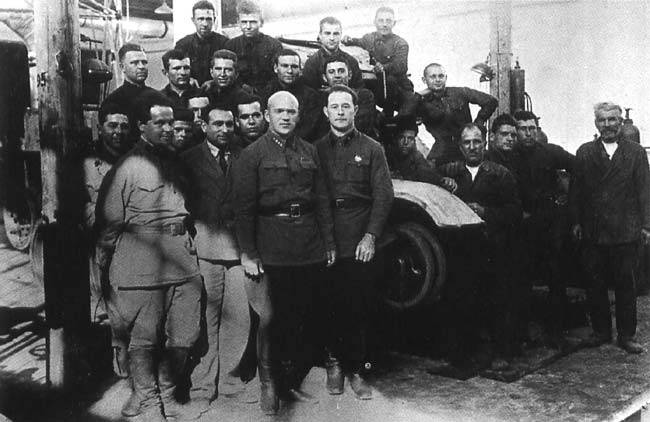
The team of creators of BT-IS. N. Tsyganov is on the left.
Even more interesting is the BT-SV-2 - handsome tank, something extraordinary for its time. But ... with the same weaponry as on the BT-7, and the worst maneuverability due to its narrow tracks! That is, it would be necessary to put wider tracks on it, make the upper armor plate wider under the wider shoulder strap of the tower, put a larger tower with a larger caliber gun, the fifth wheel, and in the end we would get the same T-34, only in the version with shielded chassis. That is, no, we were not at all inert then by military experts, but also not visionaries, who, pulling up their pants, were ready to wade straight across the sea. They soberly assessed the level of our industry at that time, and the capabilities of the army to service sophisticated equipment, but at the same time they did not shy away from innovation - “why not an interesting offer and not to try?” That is, they were aware that BT-SV- 2 is good now, this minute, maybe even too good. But at the wave of a magic wand, thousands of such tanks would not appear at once, which is why they refused as a result, just like BT-IS! Smart people were right and then did!
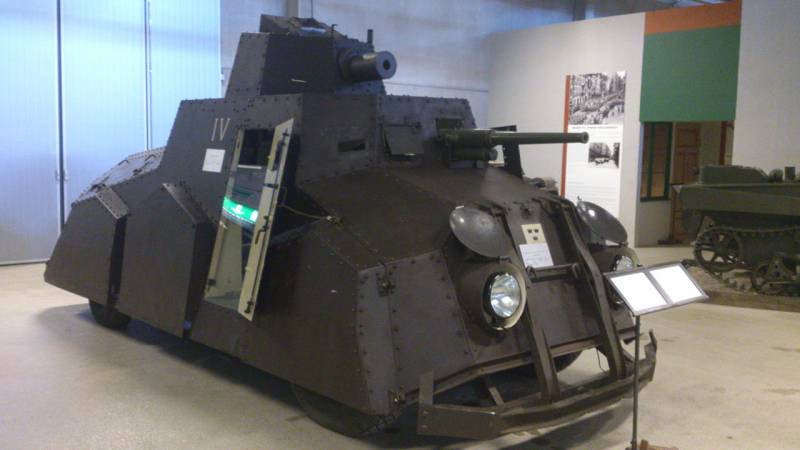
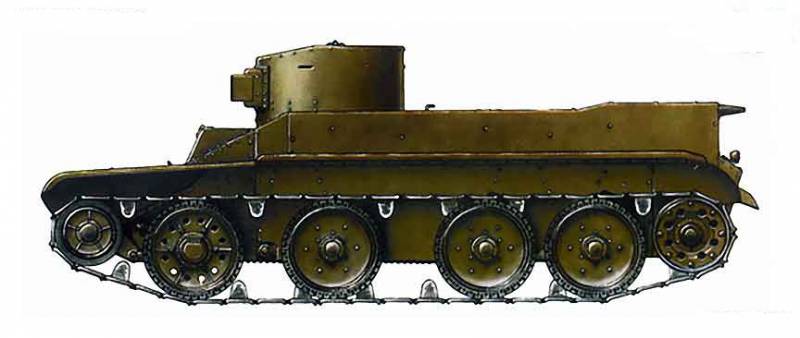
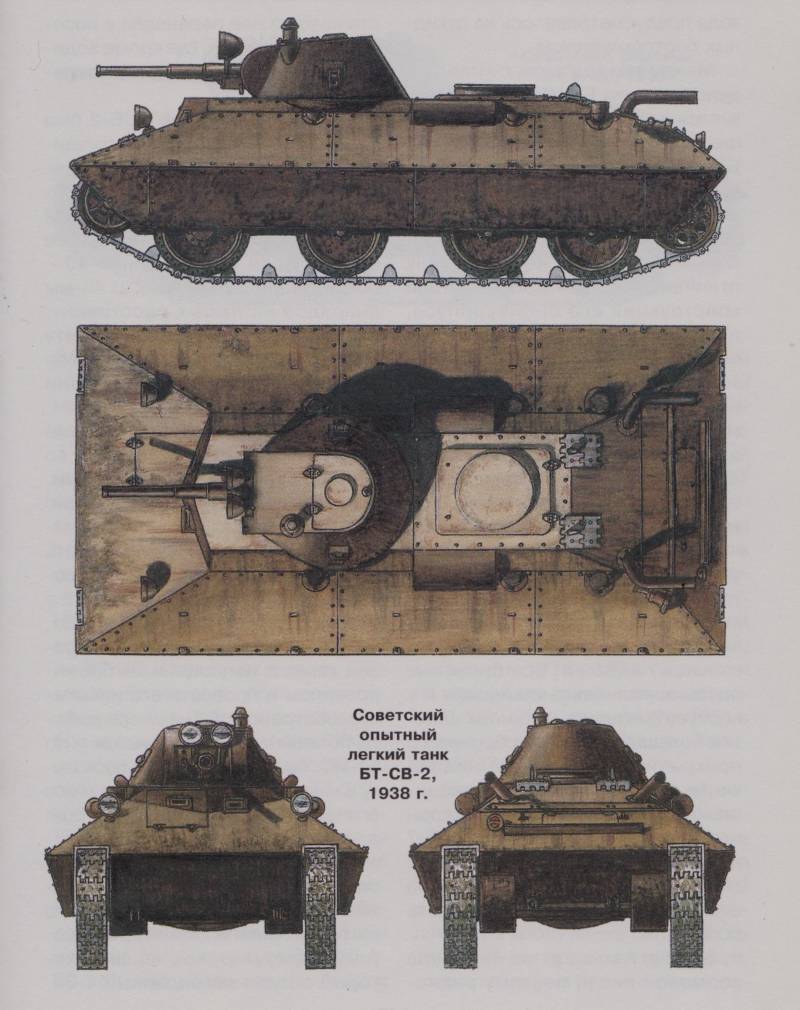
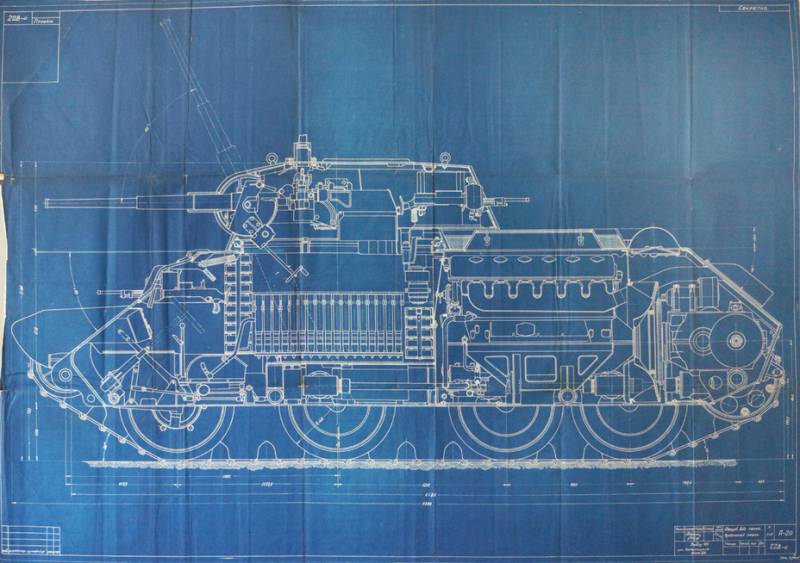
Information